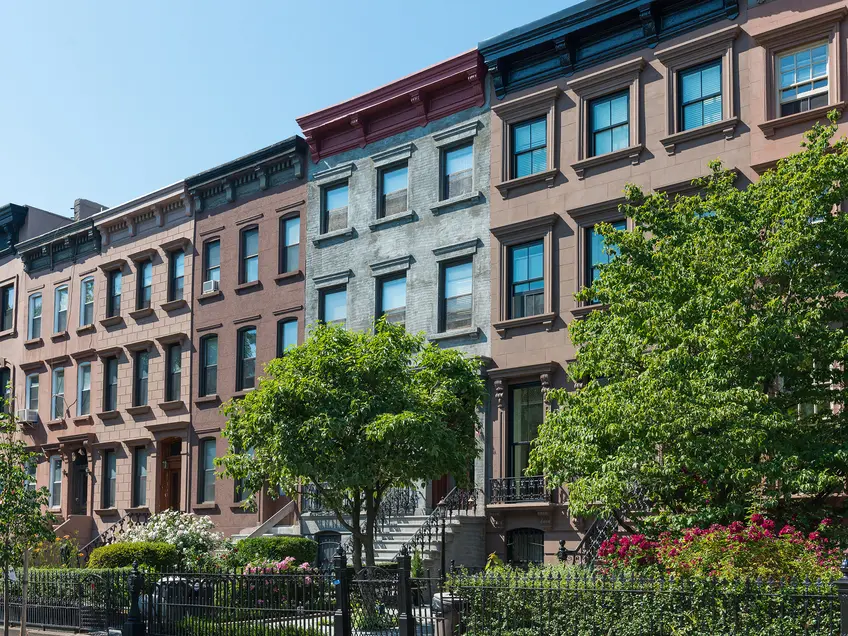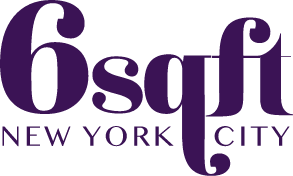
Since early 2024, squatters have been making headlines with increased frequency in the New York City area. From the one-time caregiver who refused to leave his former employer's $2.5 million home to the case of a duo of Porsche-driving squatters who managed to occupy a home with a fake lease, squatters appear to be raising growing concerns for local property owners. Fortunately, squatting is still relatively rare in New York City and can usually be prevented. This article clarifies the limits of squatter rights and discusses how pending legislation may make it even more difficult for squatters to occupy properties in New York City.
A history of squatting in New York City
Throughout New York City’s history, people have squatted on local land and in local residences, and in some eras, they have done so with reasonable success. In the mid-nineteenth century, The New York Times reported that close to the city’s “magnificent Park…which is destined to become the finest built and most fashionable part of our city--there are a dozen or more collections of shanty-settlements, which shelter the vilest, most degraded and most turbulent population.” According to the article, in one police precinct bordering what is now Central Park, no less than eight hundred shanties or cabins harboring an assortment of cows, goats, pigs, geese and goslings, hens, and an estimated ten thousand individuals had put roots down on city land without proper title.While Manhattan was certainly no longer teeming with livestock and shanties by the 1970s, squatting was still commonplace, though by then, squatters were primarily moving into abandoned apartments. In 1970, for example, six families started squatting in a building at 233 West 15th Street, after a landlord boarded up the building and left its apartments empty in preparation for a conversion to luxury units. In this case, the squatters eventually took their plight to City Hall, which agreed to negotiate with the landlord in an attempt to have the units converted into affordable family housing. While this may sound surprising, in the early 1970s, squatting wasn't just for outlaws. A July 1970 article published in The New York Times reported that at least 150 families were squatting in the Upper West Side and that some families were being moved in to empty apartments with the assistance of community organizations and even church groups.
It is also worth noting that the artists who were instrumental in transforming Soho and Tribeca from crime-ridden wasteland to some of its most expensive and in-demand neighborhoods were technically squatters, setting up studios in abandoned buildings and resorting to make-shift solutions (e.g., garden hoses for water, eating off hot plates) to make them livable. Eventually the Loft Law brought the spaces up to code, but had the effect of pushing out some of the artists.
By the early 1990s, with real estate prices on the rise, city officials were taking an increasingly hardline stance against squatting. Rather than bringing in negotiators, they were increasingly bringing in the police instead. But due to a few unusual loopholes in both state and city laws, squatting can and does still occasionally happen in New York City.
New York State squatting laws
In New York State, squatting is also known as “adverse possession.” An "adverse possessor" is defined as a person or entity who "occupies real property of another person or entity with or without knowledge of the other's superior ownership rights, in a manner that would give the owner a cause of action for ejectment."To successfully claim a property, several conditions must also be met. The "adverse possessor" must occupy the property for 10 continuous years, have "color of title" (e.g., lack an official deed), and meet several other conditions. For example, they must not possess a rental agreement or lease with the rightful owner; have lived in the property continuously for a decade and openly (i.e., not kept their occupancy a secret); and have not shared the property with someone else, including the rightful owner.
New York City squatting laws
In New York City, adverse possession laws apply, but there is one notable difference that also makes it somewhat easier to claim squatter rights. New York City's “Unlawful Eviction” law prevents the automatic eviction of occupants who have lawfully occupied a dwelling unit for thirty consecutive days or longer. As a result, if someone were to occupy—without a lease—an empty apartment in New York City and come and go openly for 30 days, they could theoretically claim adverse possession. While they are likely still evictable, if they have managed to occupy the unit for thirty days under the aforementioned conditions, they are essentially treated as tenants, not trespassers. Given the current backlog of housing court cases, this means there is no quick way to remove a squatter who meets the definition of a tenant.Proposed legislation
In April 2024, Governor Hochul signed legislation that partially addresses the problem: By revising the definition of “tenants” to exclude people who have neither a homeowner’s permission nor a legal right to be on the property, it should be easier for police to remove squatters rather than the homeowner spending years in housing court.Meanwhile, Assembly Bill A6894, which would make things more difficult for people to dubiously claim a property, is currently in committee at the state level. If it eventually passes, properties will have to be occupied for longer (a minimum of 45 days), and more importantly, squatting will be added to the definition of criminal trespassing.
Protecting your property from squatters in New York City
Given that squatting is possible, albeit uncommon, in New York City, if you own a property, it is always best be vigilant:
• Regularly inspect any empty properties in your real estate portfolio (as a rule, try to inspect all empty properties every two to three weeks);
• Ensure the property is secure (e.g., ensure all doors and windows are locked at all times);
• If you can't regularly visit your properties, install cameras to monitor activity remotely and/or contract with a management company and ensure they are carrying out regular inspections on your behalf;
• Encourage neighbors to report unusual activity;
• Avoid leaving your property or properties unoccupied for long periods of time between legal tenants.

Contributing Writer
Cait Etherington
Cait Etherington has over twenty years of experience working as a journalist and communications consultant. Her articles and reviews have been published in newspapers and magazines across the United States and internationally. An experienced financial writer, Cait is committed to exposing the human side of stories about contemporary business, banking and workplace relations. She also enjoys writing about trends, lifestyles and real estate in New York City where she lives with her family in a cozy apartment on the twentieth floor of a Manhattan high rise.

 6sqft delivers the latest on real estate, architecture, and design, straight from New York City.
6sqft delivers the latest on real estate, architecture, and design, straight from New York City.
